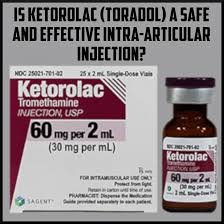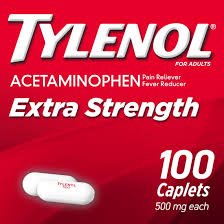Description
What is Capsaicin?
Capsaicin is the active compound found in chili peppers that gives them their characteristic heat. While it’s well know as a culinary spice, it has significant medicinal uses. When apply topically, capsaicin is use to relieve pain, particularly in conditions like osteoarthritis, muscle pain, and nerve pain.
How Capsaicin Works: Capsaicin provides pain relief by targeting substance P, a neurotransmitter involve in transmitting pain signals to the brain. When capsaicin is apply to the skin, it depletes substance P in the affect area, thereby reducing the sensation of pain over time. This effect may take a few days to become noticeable, as regular application is need to build up the depletion of substance P. Additionally, capsaicin promotes increased blood circulation to the area, which can further help to relieve pain and inflammation.
What is Diclofenac?
Diclofenac is a nonsteroidal anti-inflammatory drug (NSAID) commonly use to treat pain, inflammation, and swelling. It is available in oral and topical forms, with topical gels being a popular choice for localized pain, especially when dealing with joint and muscle conditions. Diclofenac works by inhibiting cyclooxygenase (COX) enzymes, which are responsible for the production of prostaglandins—chemicals that promote inflammation, pain, and fever.
How Diclofenac Works: When applied as a topical gel, diclofenac is absorb through the skin to the affect area. By blocking COX enzymes, diclofenac reduces the production of prostaglandins, thus alleviating pain and inflammation. This action makes diclofenac particularly effective for conditions like osteoarthritis, tendinitis, and other inflammatory conditions, where reducing swelling and pain is crucial.
Benefits of Using2 Capsaicin and Diclofenac Gel Together:
- Comprehensive Pain Relief: Combining capsaicin and diclofenac in a single gel provides a multi-faceted approach to pain management. Capsaicin works by desensitizing the nerves to pain, while diclofenac reduces inflammation at the source. This combination can be particularly effective for conditions like osteoarthritis or muscle injuries, where both inflammation and pain need to be addressed.
- Targeted Treatment: Topical gels allow both capsaicin and diclofenac to be applied directly to the site of pain, leading to faster and more targeted relief. Unlike oral medications, topical treatments do not circulate throughout the body, reducing the risk of systemic side effects.
- Reduced Side Effects: Because both capsaicin and diclofenac are used topically, the risks of gastrointestinal side effects, which are common with oral NSAIDs, are minimized. This makes them an appealing option for people who may need long-term pain management but want to avoid the risks associated with oral pain relievers.
- Ease of Use: The gel formulation is easy to apply and absorbs quickly, allowing for convenient and mess-free application. Typically, users apply the gel to the affected area several times a day, with relief becoming noticeable after consistent use.
When to Use Capsaicin and Diclofenac Gel:
- Arthritis: For both osteoarthritis and rheumatoid arthritis, this combination can help reduce inflammation and manage pain in the joints, making it easier to move and perform daily activities.
- Muscle Strains or Sprains: If you’ve suffered a muscle injury or strain, the gel can relieve both the inflammation and the pain caused by the injury.
- Tendinitis: This condition, which involves inflammation of a tendon, can benefit from the anti-inflammatory and pain-relieving effects of this gel combination.
- Back Pain: Whether from muscle spasms, injury, or inflammation, this gel can help alleviate discomfort.
How to Use Capsaicin and Diclofenac Gel:
- Clean and Dry the Area: Before applying the gel, clean the affected area and ensure it’s dry.
- Apply a Thin Layer: Use a small amount of gel and gently massage it into the skin over the affected area.
- Repeat as Needed: Follow the instructions on the product label for frequency of application. Typically, it is apply 3-4 times per day, depending on the severity of pain.
- Wash Hands After Use: Always wash your hands thoroughly after applying the gel to avoid transferring it to sensitive areas such as the eyes or mucous membranes.
Precautions and Side Effects:
- Skin Irritation: Capsaicin may cause a mild burning or stinging sensation upon first application. This usually diminishes over time with regular use.
- Avoid Open Wounds: Do not apply the gel to broken or irritated skin.
- Sensitive Areas: Be cautious when applying the gel near the eyes, mouth, or other sensitive areas to avoid irritation.
- Allergic Reactions: Some individuals may be allergic to diclofenac or capsaicin. It’s important to perform a patch test before regular use.
Conclusion:
Capsaicin and diclofenac gel provides a powerful, dual-action solution for managing pain and inflammation. By combining the nerve-calming effects of capsaicin with the anti-inflammatory benefits of diclofenac, this topical gel offers effective relief for conditions like arthritis, muscle strains, and back pain. It provides a convenient, targeted, and relatively low-risk alternative to oral pain medications, making it an excellent choice for those seeking effective pain management. Always follow the product instructions, and consult a healthcare professional if you have concerns or experience adverse reactions.






Reviews
There are no reviews yet.